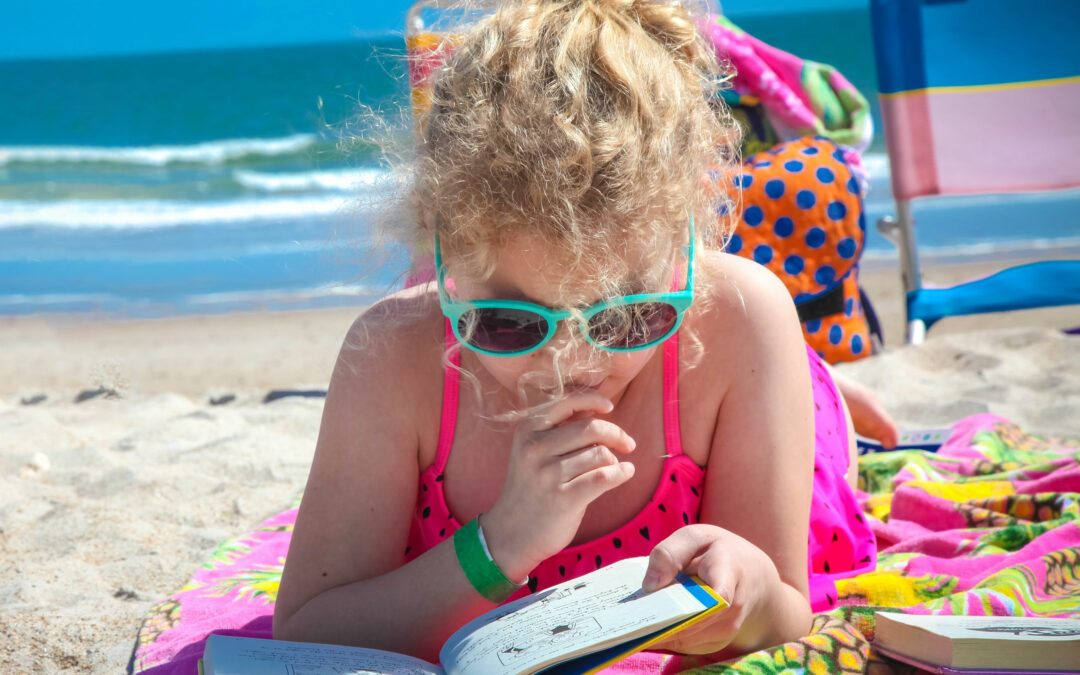
Is this the most important summer of your child’s academic life?
Schools and parents should be assessing where their children are academically and emotionally this summer and providing any academic and emotional support that they think might be needed to get them ready for the fall. Pamela Davis-Kean, U of Michigan professor of psychology at the Institute for Social Research
How is your child doing?
Many parents are overwhelmed when they realize just how far behind in school their child may be. In discussions with parents over the last 5 months, we have seen more significant academic and anxiety challenges than in any year of our 25 years. McKinsey estimates the average student lost 7 months during the pandemic. For the child who was behind before the pandemic, the learning gap has widened even more.
Right now, we are seeing four major challenges for all students, but especially for Visual Learners.
- The academic gap is significant for rising 1st and 2nd graders who have had these formative years disrupted by school closings and hybrid learning
- Rising 3rd through 6th graders are well behind where students were historically
- Older students have fallen way behind — with a few cases where a student’s comprehension is now 4, 5, or even 6 years below grade level.
- Your child may have been labeled with dyslexia, ADHD and/or Executive Function challenges, when they are a Visual Learner who needs a different approach to learning
- Anxiety has taken its toll on your child, your family, and you
Here’s how your child can have fun AND make significant gains this summer
If your child struggles with traditional learning approaches such as being a visual learner, having dyslexia, ADHD, or other processing issues, this situation is even more pronounced. These children may be a year or several years behind, suffer from anxiety and low self-esteem, or be burnt out on school.
The 3D Learner summer programs make learning fun again. We use your child’s interests, whether it is computer games, sports, or other interests to custom-tailor a learning program that is sure to keep them engaged. Our students have made 2, 3, and even 4-year gains in their reading comprehension, often while igniting a greater interest in learning. This newfound understanding and self-confidence has a lasting benefit for your child.
We understand how important summers can be
Summer is a perfect time to take a much-needed family vacation and for children to have fun, without the pressures and anxiety of the classroom. Our summer programs not only allow for both, but we also strongly encourage them. Learn more about them here.
See what your child thinks
We are happy to offer a trial session or two to demonstrate how invaluable the 3D Learner can be for your child. Should you choose to register, we’ll apply the investment towards the program enrollment fee. Recently, after an hour trial session, a mom commented, “Are all the sessions this enjoyable?”
If you have a smart struggling visual learner – or a smart struggling child with other characteristics, we encourage you to call us at 561-361-7495 or to click here to schedule a Stress to Success Strategy Call.
“Reading is kind of a gateway to the development of academic skills across all disciplines,” said Ben Domingue, an assistant professor at Stanford Graduate School of Educations. “It’s a key that opens all of the doors. If a kid can’t read effectively by third grade or so, they’re unlikely to be able to access content in their other courses.”
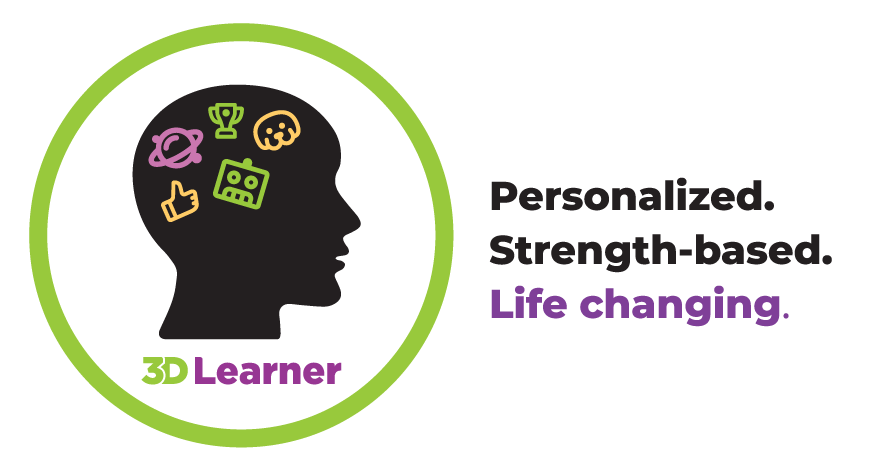
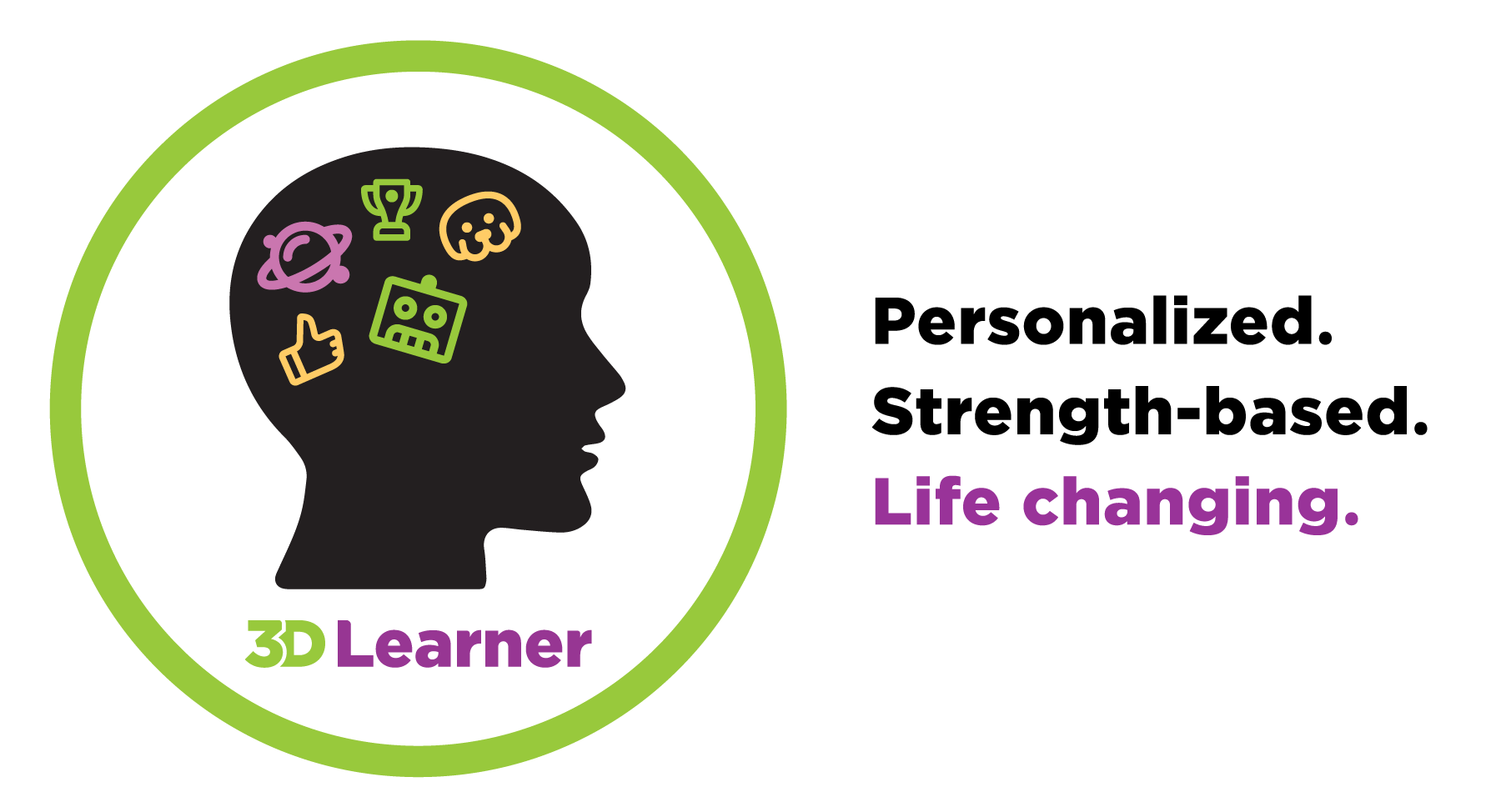
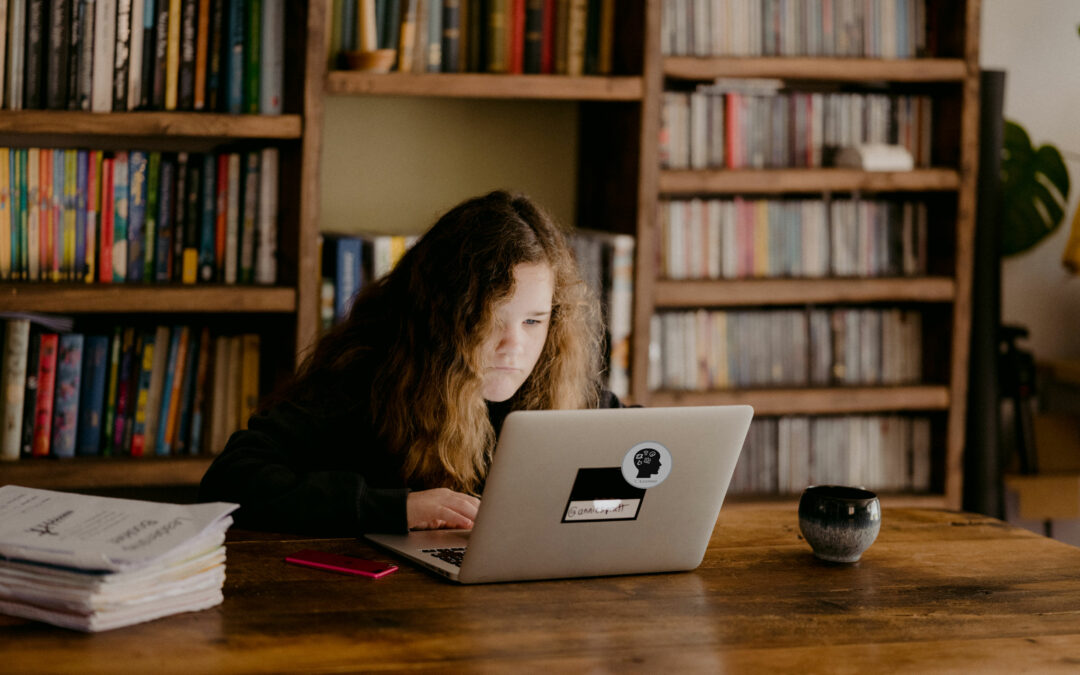
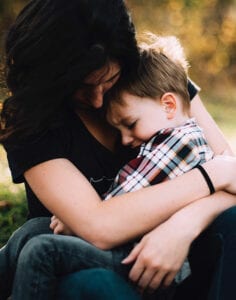

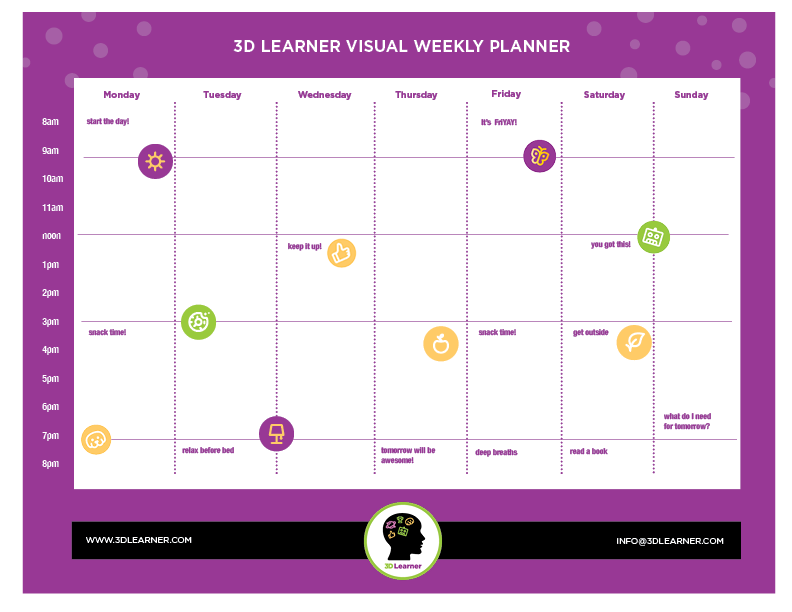

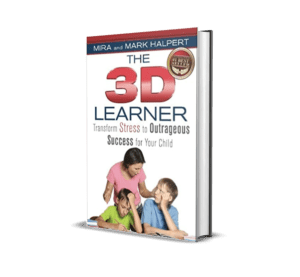


Recent Comments